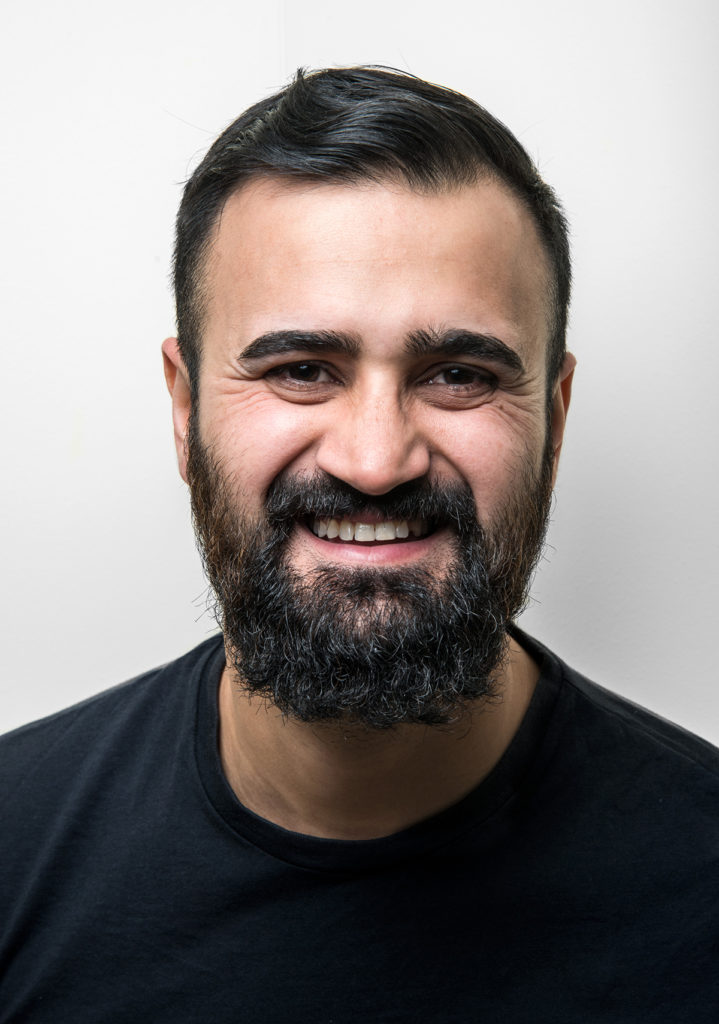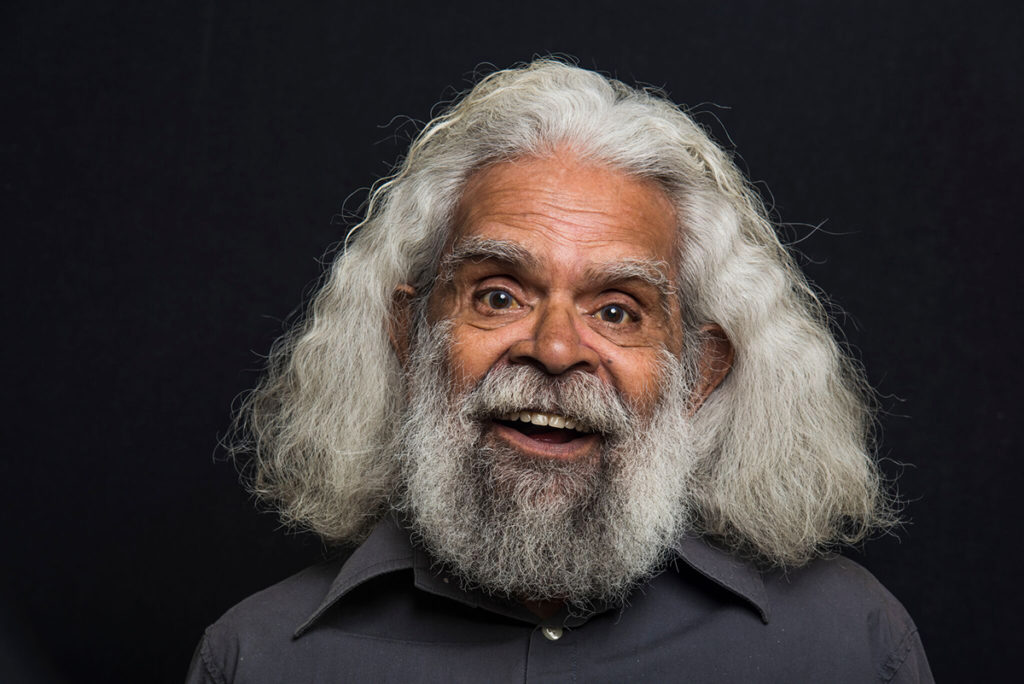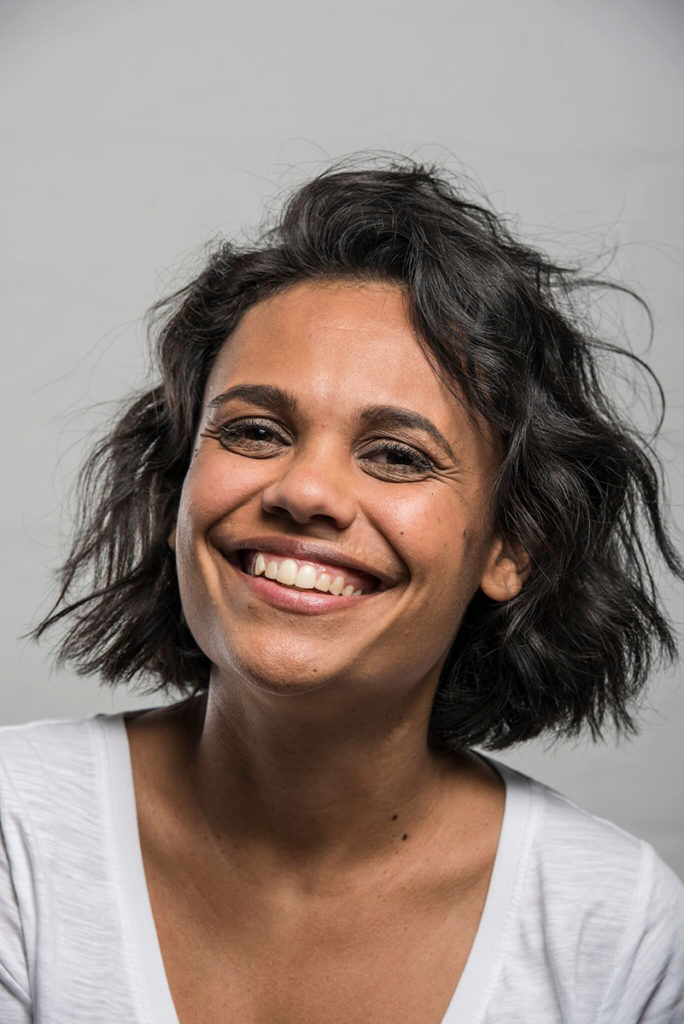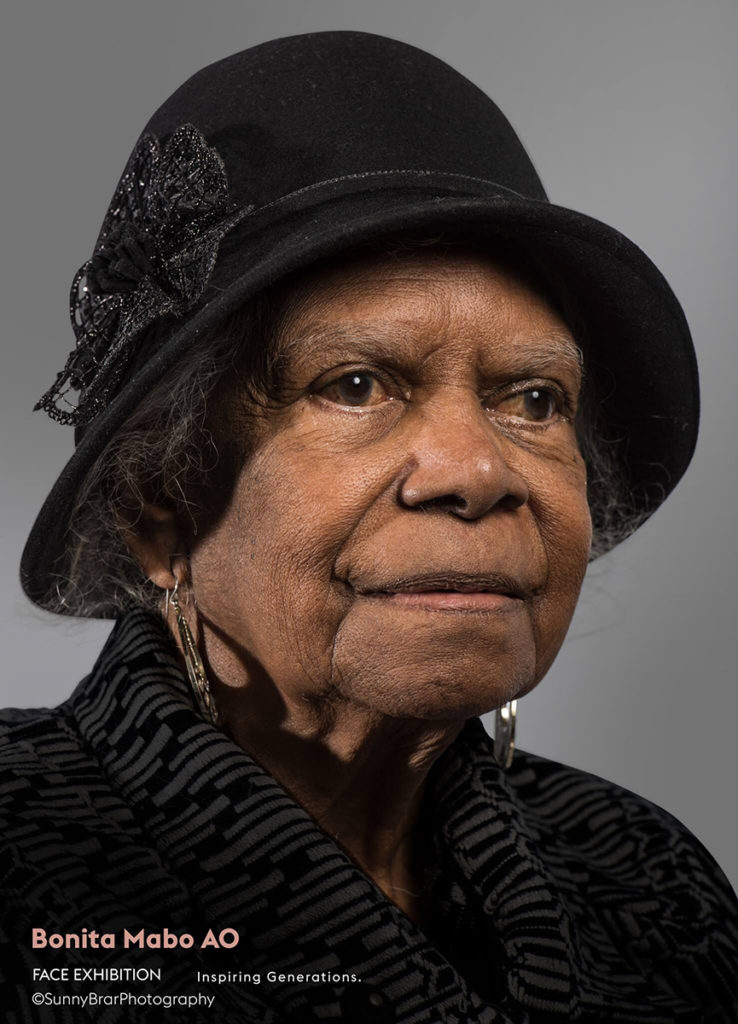#046
Sunny Brar:
Painting the multicultural faces of Australia
Interview Amy Willing
Images Sunny Brar
Photographer Sunny Brar has been capturing portraits since 2008. For Sunny, who has lived the experience of being an outsider, heritage plays an important role in a multi-racial society. That’s why he started Face, a project which will see him travel the country, photographing the many and varied faces which make up our culture. We caught up with him to see how it’s going.

Tell us about yourself, Sunny.
My name is Sunny Brar, and I’ve been a professional photographer for over 8 years now. I work full time as Marketing Coordinator for a property agency in Sydney, but before that I was a graphic designer and photographer for the South Sydney Rabbitohs in Redfern.
How did you get into photography?
Photography was something that I was always passionate about. It was something that was taught to me by my mother. When I was in university and I was doing my Bachelor of Design at the University of Western Sydney I took on a lot of the photography courses. Back then in 2004 we used pretty much film cameras, so ever since that I fell in love with black and white photography.
What camera do you like to use?
I’m currently using a Nikon D8-10. I’ve had it for quite a few years, and it’s my favourite camera to go to at the moment.
You’ve just spent eight months travelling around Australia, photographing Aboriginal leaders from different communities. Can you describe the process of finding your subjects and setting up a shoot?
The first person that I photographed was Daren Dunn (NAIDOC Artist of the Year, 2015), who was recommended to me by a Facebook friend, and he put me into contact with a few other people. They call it the Aboriginal grape vine because every time you meet somebody they recommend three other people, and they recommend three other people, and it just grows from there.
Most of the stuff that I do happens on location. I bring my own equipment to set up a studio. I spend about an hour and a half to two hours with a person, in which time I sit down, talk to them, and start to get to know them. Then, while I’m talking to them, I’m setting up my equipment, so it makes them feel at ease with what I’m doing. I let them stand or sit however they’re comfortable, and just keep talking to them while I’m snapping away. I find that that’s the best way to let people open up and be comfortable with me. I tell them my stories and I listen to theirs, and I explain the process of how I got to this stage of capturing different Indigenous heroes, and why I started doing it in the first place. Most people are very open and accepting of what I’m doing, so it’s always a good process.

Why did you start doing it in the first place?
The main reason I started was that being from an Indian background I’ve always found it difficult to really understand my heritage. I came here in 1994 when I was seven years old. Connecting with heritage and connecting with my own cultural background was a big part of my life, and my parents always helped me understand it.
Recently, when I was working at the South Sydney Rabbitohs, I was talking to a few of the Indigenous players, and they would share their own heritage and their own background. Some of these guys don’t even know a lot about where they’ve come from, and they’ve got to research it themselves, and it becomes a sort of journey. That’s when I noticed that it wasn’t just me that was going through this, it was a lot of people.
I sat with my wife and my family and talked about this openly, and said that I would love to start documenting the faces of multicultural Australia. I want to try to break down those stereotypes that people associate with a particular culture or a particular ethnicity. Especially with minority cultures, people only see a certain very small minority within the minority that define the rest of the culture, so what I sought to do was showcase the different successes that they’ve had in all different walks of life.

Were you travelling the whole 8 months?
No, I work full time, so I was only travelling the weekends and after hours. I also had to put food on the table, so I was doing this part time! I mainly travelled on the East coast of Australia. I went up to Queensland, Townsville, and down to Sydney and Melbourne.
In you travels you photographed over 30 people. Did any of them stand out as particularly memorable for you?
Yeah, definitely. I had the honour of meeting Bonita Mabo, who is the widow of Eddie Mabo. As you know, Eddie was the person that brought about a lot of rights for Indigenous land and heritage, so meeting her was a very big deal for me.
Funnily enough, meeting her was very last minute. Only a few days earlier Joe Williams, the founder of The Enemy Within and one of the heroes I had captured before, rang and said hey, Bonita Mabo’s coming to attend the Aboriginal Peace Awards in Canberra, would you want to come and meet her? I took a day off work and drove down to Canberra, then just waited around until she had half an hour, and did a photoshoot with her in the lobby of her hotel, before she went to the awards. It was phenomenal.

What was the most challenging thing you encountered?
I think the most challenging thing I’ve encountered is establishing my credibility with the people I’m photographing. A lot of people don’t know who I am, and to let them know who I am and to feel comfortable with myself is always a challenge. It’s always getting them comfortable, first of all, because you’re doing something quite intimate in taking their portrait. Especially in Indigenous culture – in most cultures – people are quite protective of their appearance and quite of how they are perceived. I’m pretty much walking into their house and taking a very intimate photo of their face, then saying goodbye and walking away, so I found that was always a big challenge.
How did you go about navigating that?
Through this journey I’ve found out a lot of things about the way people hold themselves and what it means. Because I’ve worked with the Rabbitohs and I talked to a few other people, they gave me a bit of a heads up that there are certain angles, certain ways that a person may look which might mean something negative for that person. For example, Indigenous people don’t look down when they’re taking photos, because that relates to a time when they were forced to look down, when it was quite discriminating against them. Most of my photos are in a very proud, sincere, or happy mood, the way they are normally as a person.
Where do you work from when you’re not travelling around?
I live in Western Sydney, with my wife, and I work from home. I’ve got my trusty MacBook Pro and my camera and equipment in one of my rooms in my house.
Who inspires you?
Yousuf Karsh was a Jewish photographer in the United States, and he was responsible for taking a lot of prominent photographs of a lot of prominent figures, such as Albert Einstein, Martin Luther King and others. I look at his style of photography and the way he is able to bring a character to life as an inspiration for when I take my photos. Reading his biographies and understanding his way of thinking helped me shape the way I approach my portraits. In the artistic sense, it’s definitely Yousuf Karsh.
What’s next for you?
The Face exhibition this year is just one of the many series I hope to hold. This year I’ll be photographing Indigenous heroes, then next year I’ll focus on another culture, and then year by year keep evolving that until I feel comfortable enough to share a book or some other kind of medium.
Final question: if you could learn any skill without trying, what would you pick?
I think I would learn to be a comedian. I feel like laughter is the best way to get to someone, whether it’s telling jokes or being funny yourself. Yeah, if I was a comedian I think I would be very different.
